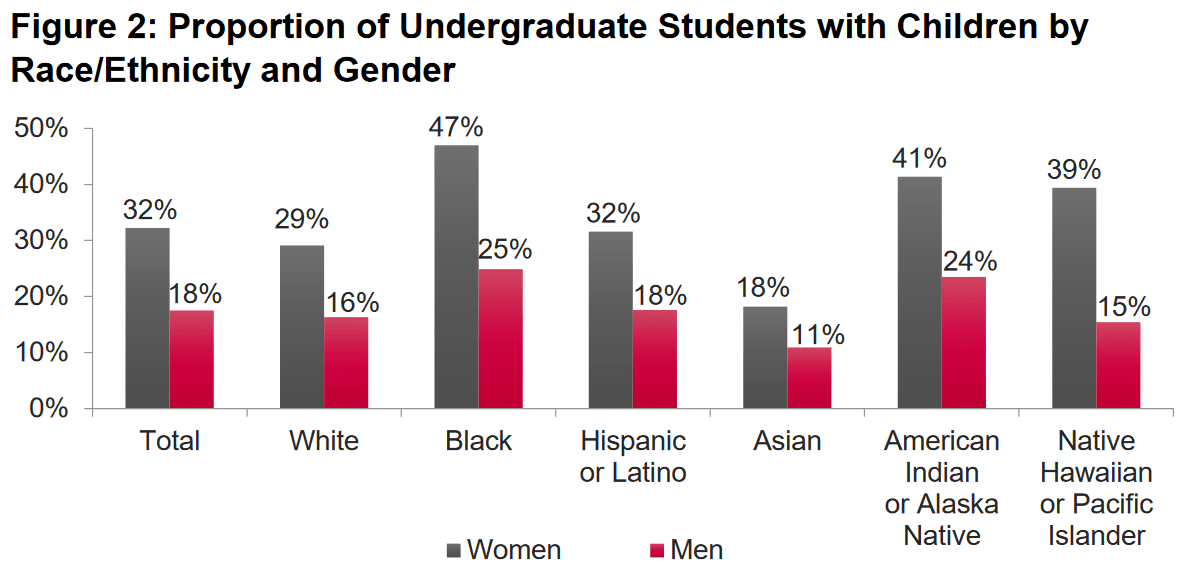Policy Recommendations
For low-income student parents in Illinois, state lawmakers need to appropriate sufficient dollars to the Monetary Award Program (MAP). Too many eligible students do not receive a MAP grant because funding runs out each year—and when they do, the maximum MAP award does not cover the full cost of tuition and fees. States should continue to build need-based programs that help student parents and prioritize investing in such programs over merit-based aid, which tends to benefit more affluent students. Furthermore, states and institutions can adjust their financial aid formulas to account for higher costs of living among students who are parents and increase their financial aid awards accordingly.
The federal government should also take action to support student parents nationwide. Congress can start by providing continued funding increases for the Child Care Access Means Parents in School Program (CCAMPIS), which supports campus-based child care centers and services. Federal lawmakers recognized the widespread need for on-campus child care in fiscal year 2018 and increased funding for the CCAMPIS program from $15 million to $50 million. While we applaud this significant increase, the funding level is still not enough to fill the tremendous need across the U.S., and fewer than 15 campuses out of over 100 in Illinois received CCAMPIS grants for the current academic year. Congress should also continue to invest in the Child Care and Development Block Grant, which provides critical child care subsidies to low-income families nationwide.
As lawmakers continue to discuss the reauthorization of the Higher Education Act, they should consider ways to improve the federal needs analysis and increase the income protection allowance to accurately reflect (and help mitigate) the cost of raising children and securing child care. And policymakers in Congress, federal agencies, and states should start today to bundle and streamline services available to parenting students, including through SNAP, TANF, child care, and housing programs. For example, a recent Government Accountability Office report examining the prevalence of food insecurity and SNAP use on college campuses included a number of recommendations for getting vital benefits into the hands of hungry students.
Whatever policy solutions policymakers and advocates pursue, one thing remains clear—the needs of student parents must be intentionally considered and proactively addressed. Illinois’ future as a more educated and equitable state depends on their success.











